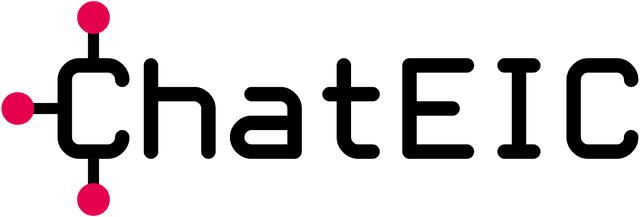
How the Future of the EIC Accelerator Could Look Like (SME Instrument) - Part 2
This article is a continuation of Part 1 and presents a collection of areas that the EIC Accelerator might evolve towards in the future.
The EIC Accelerator blended financing (formerly SME Instrument Phase 2, grant and equity financing) is a constantly evolving and growing funding arm of the European Innovation Council (EIC) and European Commission (EC). It aims to support startups and Small- and Medium-Sized Enterprises (SME) who are working on innovative technologies through extensive financial support of up to €17.5M and coaching support to simplify business development and scaling efforts (read: Introduction).
While this article presents an exploration, it is also useful for both professional writers or consultants to stay up to date on new developments relating to the official proposal template, new funding decisions by the European Union (EU) and related developments (read: Finding Updates).
3. Adjusting the Evaluation Criteria
Government funds will always have to adhere to politics, directives and bureaucracy which is the reason why EIC Accelerator evaluations are slightly easier for projects that have a focus on societal challenges, female CEO's or a broader EU impact (read: Visual EIC Accelerator Narrative). While this is clearly valuable for politicians, it does obscure the focus that should be on innovation, business models and, ultimately, financial success.
If the EIC wants to fund projects that support the environment then this should simply receive a dedicated call (read: Green Deal Call) and if it wants to fund more female CEO's then this can also receive its own call instead of retrospectively adjusting the established ranking order based on gender (read: Why It’s Great to be a Female Entrepreneur in the EU). Creating a women-only call under the EIC Accelerator (i.e. "EIC Accelerator Female Founders Call") is entirely feasible and it would create a better perception of the evaluation since each applicant under a specific call will be evaluated based on the same criteria.
4. Simplifying the Bureaucracy
The sections for the costs, implementation, resources and KPI's are important for tracking and budget allocation but their assessment could be streamlined more. If cost items, subcontractors and budget allocations per month were directly entered into the browser's form fields, they could be assessed quickly by algorithms and could be tracked much more efficiently if the project is funded. This will also remove the need for evaluators to re-calculate all the given metrics of an application (i.e. if the resources fit to the workpackages or the hiring to the payroll)
Just like it is already done on EU-platforms like Eurostat, the financial projections, costs and workpackages could be visualised with charts automatically so that the applications themselves become much leaner and especially the implementation section can focus on tasks, risks and team members rather than financials. In the same vein, the Impact section can focus on the users, commercial strategy and the market instead of detailing the financial projections.
Summary
- Separating Grant & Equity: Allowing direct equity applications with an open budget through a pool of private investors
- Becoming a VC-Hub: Creating an online environment where past applicants can participate in pitch sessions outside of the normal process
- Adjusting the Evaluation Criteria: Establish fair evaluation criteria without exceptions and use separate calls to enforce political targets (i.e. Green Deal)
- Simplifying the Bureaucracy: Make more use of the online form fields to auto-generate and check financial information
These tips are not only useful for European startups, professional writers, consultants and Small and Medium-Sized Enterprises (SME) but are generally recommended when writing a business plan or investor documents.
Deadlines: Post-Horizon 2020, the EIC Accelerator accepts Step 1 submissions now while the deadlines for the full applications (Step 2) under Horizon Europe are:
EIC Accelerator Step 1 Deadline 2025
EIC Accelerator Step 2 Deadline 2025
EIC Accelerator Step 3 Deadline 2025
The Step 1 applications must be submitted weeks in advance of Step 2. The next EIC Accelerator cut-off for Step 2 (full proposal) can be found here. After Brexit, UK companies can still apply to the EIC Accelerator under Horizon Europe albeit with non-dilutive grant applications only - thereby excluding equity-financing.
Contact: You can reach out to us via this contact form to work with a professional consultant.
AI Grant Writer: ChatEIC is a fully automated EIC Accelerator grant proposal writer: Get it here.
EU, UK & US Startups: Alternative financing options for EU, UK and US innovation startups are the EIC Pathfinder (combining Future and Emerging Technologies - FET Open & FET Proactive) with €4M per project, Thematic Priorities, European Innovation Partnerships (EIP), Innovate UK with £3M (for UK-companies only) as well as the Small Business Innovation Research (SBIR) and Small Business Technology Transfer (STTR) grants with $1M (for US-companies only).
Any more questions? View the Frequently Asked Questions (FAQ) section.
Want to see all articles? They can be found here.
For Updates: Join this Newsletter!
